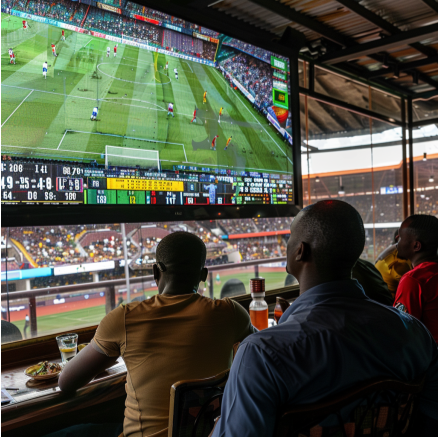Giant of African art Ousmane Sow dies at 81
The Senegalese sculptor Ousmane Sow, one of the giants of African art, died Thursday in Dakar aged 81, his family told AFP.
The artist was best known for his monumental sculptures of Nubian wrestlers inspired by the pictures taken in Sudan by the controversial German photographer Leni Riefenstahl.
Sow’s series of striking bronzes of muscular African men — “The Maasai”, “The Zulus” and “The Fulani” — were widely exhibited in France and at the prestigious Documenta festival in Germany and the Venice Biennale.
“The fact that his works were shown all over the world proved that he was a giant of culture. It is a real loss,” said Senegal’s Culture Minister Mbagnick Ndiaye.
The former physiotherapist, who was the first African to be admitted to the French Academy of Beaux Arts, only began working seriously when he was 50.
Until then he used to have to destroy his sculptures as soon as he made them because he had nowhere to store them.
Yet his 1999 retrospective on the Pont des Arts next to the Louvre museum in Paris attracted an estimated three million visitors.
A part of his dramatic installation on the 1876 Battle of Little Bighorn in which Native Americans led by Crazy Horse defeated General George Custer’s 7th Cavalry, was later shown at the Whitney Museum in New York.
Critics said the key to his success was his intimate knowledge of human anatomy.
“I could be blindfolded and still make a human body from head to toe,” he once said.
Although he lived between Senegal and Paris, his talent was only spotted when a friend told curators at the French Cultural Centre in Dakar about him.
They gave Sow an exhibition in 1987, and the unexpected rise of a man who said he “never dreamt of being an artist” up the contemporary art ladder began.
“Perhaps it was luck, but I do it for pleasure,” he told AFP.
His invitation to show at Documenta in Kassel in 1992 confirmed his status among the top tier of modern artists, and two years later he exhibited at the Palazzo Grassi during the Venice Biennale.
Standing six foot four inches (1.93 metres), Sow was as strong and handsome as his sculptures, once proudly saying that he “never had a boss” in his life.
However, he knew hardship and hunger after arriving in France aged 22, working at several jobs before training as a nurse and later a physiotherapist.
Sow had been ill for some time, a member of his family told AFP. “He has taken with him all the dreams and projects that his body was too tired to finish,” she said.


